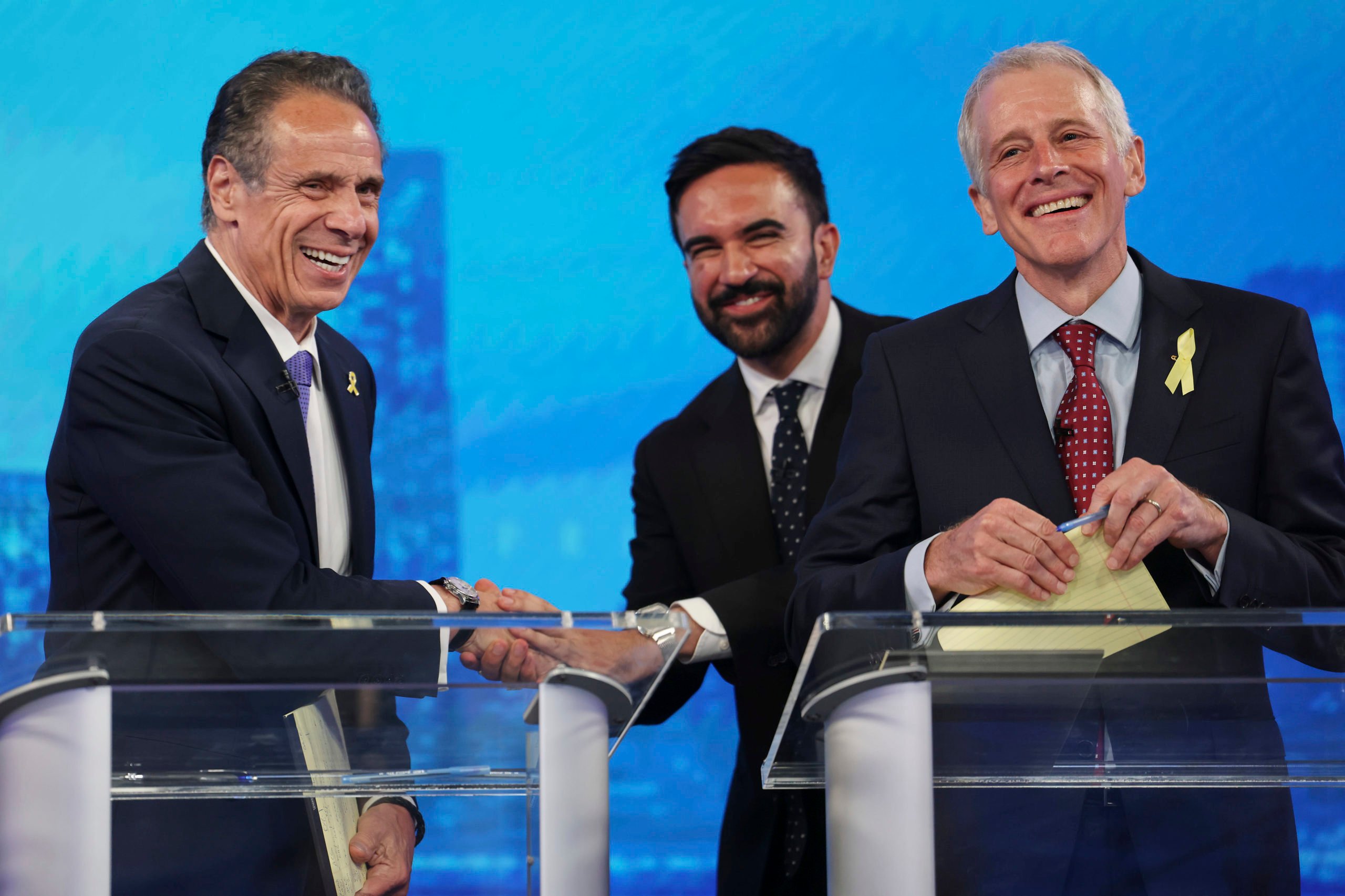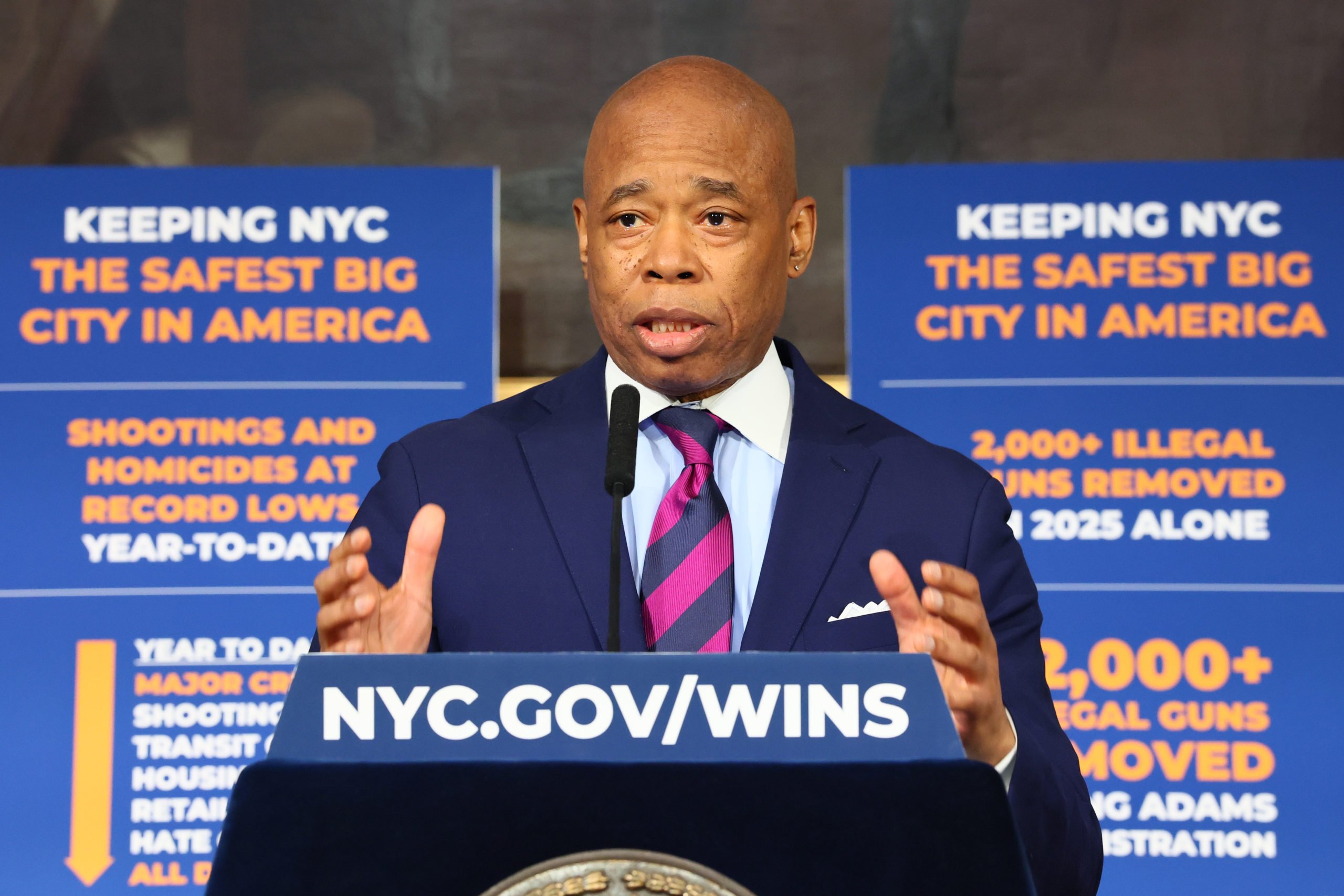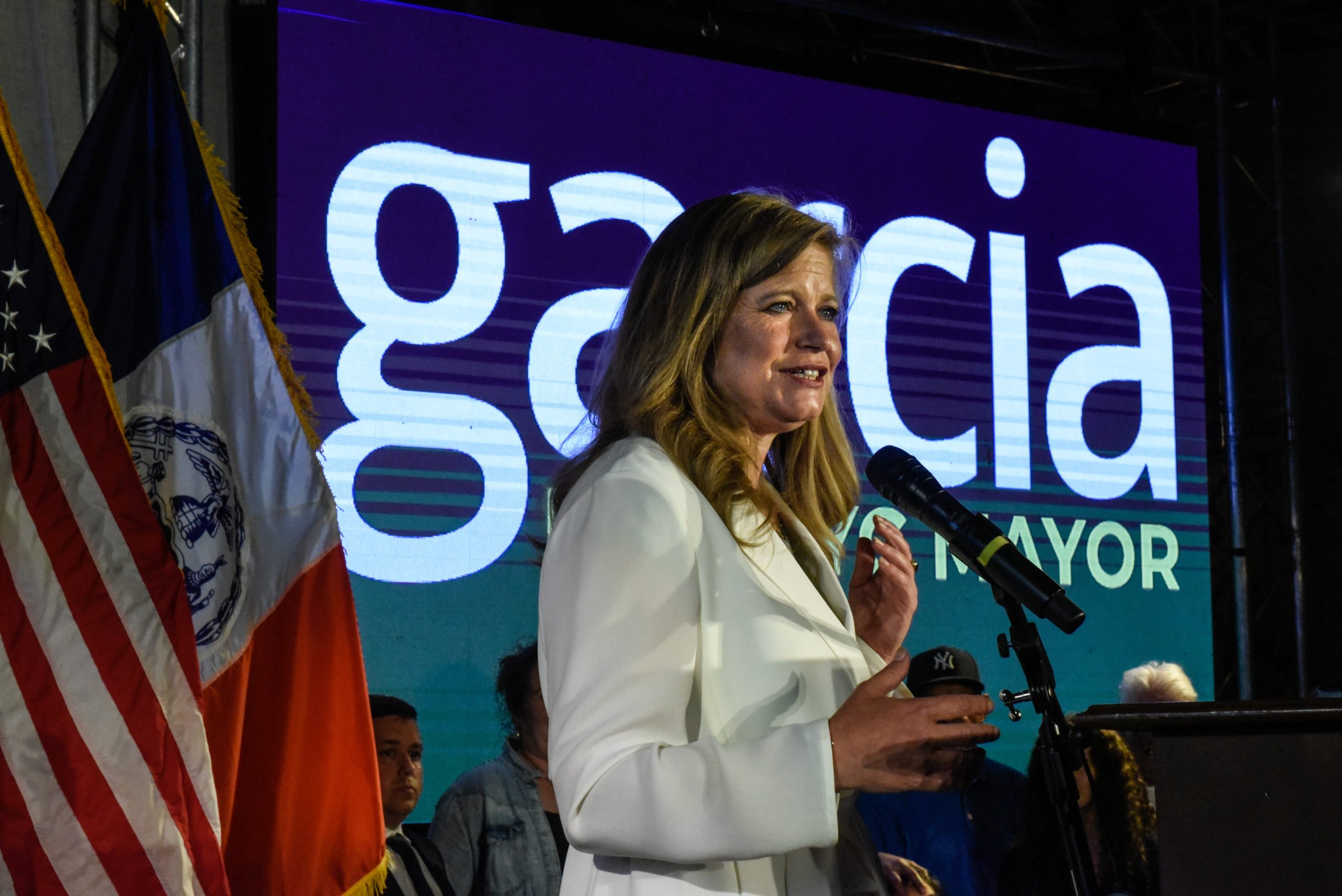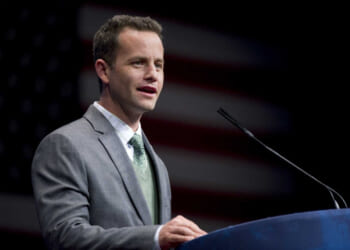New York City’s ranked choice voting (RCV) system may make the difference in a closer than expected Democratic mayoral primary — in which an upstart leftist is in striking distance of winning, political consultants say.
While disgraced former Democratic New York Gov. Andrew Cuomo is still widely considered the frontrunner in the party’s crowded June 24 primary, self-professed socialist Democratic New York State Assemblyman Zohran Mamdani has been surging in the polls. One poll shows him leading Cuomo by four points, Politico reported Wednesday. The fact that the 11-candidate primary will be conducted using RCV may decide what puts Mamdani — who has come under scrutiny for his anti-Israel views — over the top, according to strategists. (RELATED: Candidates Vie To Win Over Jewish Community In NYC Mayor Race)
In New York City’s RCV elections, voters are able to rank up to five candidates on the ballot — from their first choice to their fifth choice — but also have the option of only voting for their first choice.
“The option to vote for more than one candidate benefits Mamdani as most of the other candidates are pretty liberal,” political strategist Adam Weiss told The Daily Caller News Foundation. “This isn’t the Democratic Party from a decade ago.”
Weiss said voters who back some of the long-shot candidates in the primary, such as left-wing New York City Comptroller Brad Lander, are more likely to rank fellow liberal Mamdani second as opposed to Cuomo, who portrays himself as a moderate.
“I still think Cuomo is the odds-on favorite, but with the ranked-choice voting it helps Mamdani,” said Weiss, the CEO of AMW PR, a New York City-based political strategy firm.

Democratic mayoral candidates Andrew Cuomo, left, shakes hands with Zohran Mamdani, center, as Whitney Tilson reacts after participating in the New York City Democratic Mayoral Primary Debate on June 4, 2025 in New York City. (Photo by Yuki Iwamura-Pool/Getty Images)
In the first round of RCV tabulation, all the first-choice votes are tallied. If a candidate receives an outright majority of votes — a rare feat in a multi-candidate primary — that candidate is automatically declared a winner. However, if no candidate has a majority, one or more candidates with the fewest number of votes are eliminated. Their first-choice votes are respectively redistributed to each voter’s second-choice candidate. A new round of tabulation then automatically takes place without a single additional vote being cast.
Weiss laid out a hypothetical scenario in which Cuomo gets 40% of the first choice votes and Mamdani gets 32%, figures not too far off from where some recent polls show the candidates’ support. The strategist told the DCNF that even if a plurality of voters mark Cuomo as their first choice, more second-place votes for Mamdani can still help the socialist win the Democratic nomination.
The RCV tabulation process repeats itself for as many rounds as necessary until there are only two candidates remaining. If both a voter’s first and second-choice candidates are eliminated, the vote is transferred to the third choice, and so on. When all of a voter’s selected candidates are eliminated, his or her ballot is “exhausted,” meaning it no longer contributes to the race’s outcome.
The final two-candidate round is effectively a mathematically-tabulated runoff election where one candidate is guaranteed to win a majority of the votes. Due to this, RCV is also sometimes referred to as “instant-runoff voting.”
However, Mamdani winning the Democratic Primary still might not mean he would win the general election in deep blue New York, Weiss told the DCNF. Namely, he said it’s possible that incumbent Democratic New York City Mayor Eric Adams could win a second term against Mamdani.
Adams is forgoing the Democratic Party primary and instead running for reelection on a pair of independent ballot lines.

New York Mayor Eric Adams speaks during a press conference on Public Safety at City Hall on June 03, 2025. (Photo by Michael M. Santiago/Getty Images)
With RCV, “anything can happen and not for the good,” political consultant Hank Sheinkopf told the DCNF. “It only benefits a small group of people.”
He blasted the electoral system as an “elitist tool to reduce the power of unions and ensure that poor uneducated people have less power.” Specifically, Sheinkopf said that RCV will disenfranchise older and minority voters, groups that, as he pointed out, tend to favor Cuomo over Mamdani, according to recent polling.
“Andrew Cuomo’s voters, according to crosstabs in publicly released polls, are poorer, blacker, less educated and less able to manipulate the ballot,” the consultant told the DCNF.
RCV eliminated New York City’s previous rule mandating that a primary runoff election be held between the top two primary finishers if no candidate garnered at least 40% of the vote. Sheinkopf said having one round of balloting as opposed to multiple possible rounds increases the likelihood for money to influence the race.
RCV “gets rid of runoffs, makes it more likely for more money to be spent in each campaign and not less,” he told the DCNF. This serves to “benefit the permanent political-industrial complex that works no matter win or lose.”
“Both sides are doing it,” Sheinkopf said, adding that both Democrats and Republicans can exploit the RCV system. “It’s not about ideology anymore. It’s about how much money you can make.”
In addition to the structural advantage RCV gives the socialist candidate, Mamdani’s voters “have an incentive to turn out” because of his strong social media campaign, the political consultant said. (RELATED: One Mayoral Election Could End Up Awakening A Dormant Corner Of The Left)
New York City currently only uses RCV for primary and special elections at the local level. All general elections in the city, including the race for mayor, still use the first-past-the-post system standard throughout most of the country.
The Big Apple implemented RCV after a city-wide referendum passed with nearly three quarters of the vote in 2019. The first New York City mayoral election to use RCV was the 2021 primary, which saw Adams win the Democratic nomination from a field of over a dozen candidates — following eight rounds of tabulation, according to official results posted by the New York City Board of Elections.
In the final RCV round, Adams prevailed with a narrower than expected 50.4% of the vote to runner-up Kathryn Garcia’s 49.6%. If the primary was held using traditional first-past-the-post voting, Adams would have easily won with 30.7% of the vote, and Garcia would have come in third with 19.6%. While Maya Wiley received 21.4% of the first choice votes — more than Garcia — she failed to make it to the final RCV round.

Kathryn Garcia, candidate for Mayor of New York City, delivers remarks to supporters on June 22, 2021 in the Bushwick neighborhood in New York City. (Photo by Stephanie Keith/Getty Images)
If RCV had not been in place during the 2021 primary, Adams and Wiley, and not Garcia, would have gone to a runoff. Adams and Wiley are both black, while Garcia garnered a large amount of her support in whiter, affluent Manhattan neighborhoods.
Ballots cast by over 140,000 voters — 15% of all primary voters — in the 2021 Democratic mayoral primary were deemed inactive or “exhausted,” according to official results. This total was nearly 20 times greater than the margin separating Adams and Garcia in the final round.
Maine and Alaska are currently the only states that use RCV for state and federal — including presidential — elections.
Proponents of RCV have defended the increasingly popular electoral system, saying it gives voters more of a robust choice and more accurately reflects the will of the electorate.
“RCV improves elections by letting voters communicate much richer data about their preferences,” CATO Institute Senior Fellow Walter Olson wrote in a 2023 commentary piece for the libertarian think tank. “It probably also tends to help the sorts of candidates who appeal to many kinds of voters, not just a narrow, super-committed base.”
The campaigns for Cuomo and Mamdani did not respond to the DCNF’s request for comment.
All content created by the Daily Caller News Foundation, an independent and nonpartisan newswire service, is available without charge to any legitimate news publisher that can provide a large audience. All republished articles must include our logo, our reporter’s byline and their DCNF affiliation. For any questions about our guidelines or partnering with us, please contact licensing@dailycallernewsfoundation.org.



![Former Bravo Star Charged After Violent Assault Using a Rock-Filled Sock in Tennessee Walmart [WATCH]](https://www.right2024.com/wp-content/uploads/2025/07/Former-Bravo-Star-Charged-After-Violent-Assault-Using-a-Rock-Filled-350x250.jpg)



![Karoline Leavitt Levels CNN's Kaitlan Collins and Other Legacy Media Reporters [WATCH]](https://www.right2024.com/wp-content/uploads/2025/07/Karoline-Leavitt-Levels-CNNs-Kaitlan-Collins-and-Other-Legacy-Media-350x250.jpg)
![Man Arrested After Screaming at Senators During Big Beautiful Bill Debate [WATCH]](https://www.right2024.com/wp-content/uploads/2025/06/Man-Arrested-After-Screaming-at-Senators-During-Big-Beautiful-Bill-350x250.jpg)


![Illegal Alien Walked Free After Decapitating Woman, Abusing Corpse for Weeks [WATCH]](https://www.right2024.com/wp-content/uploads/2025/07/1753013138_Illegal-Alien-Walked-Free-After-Decapitating-Woman-Abusing-Corpse-for-350x250.jpg)





